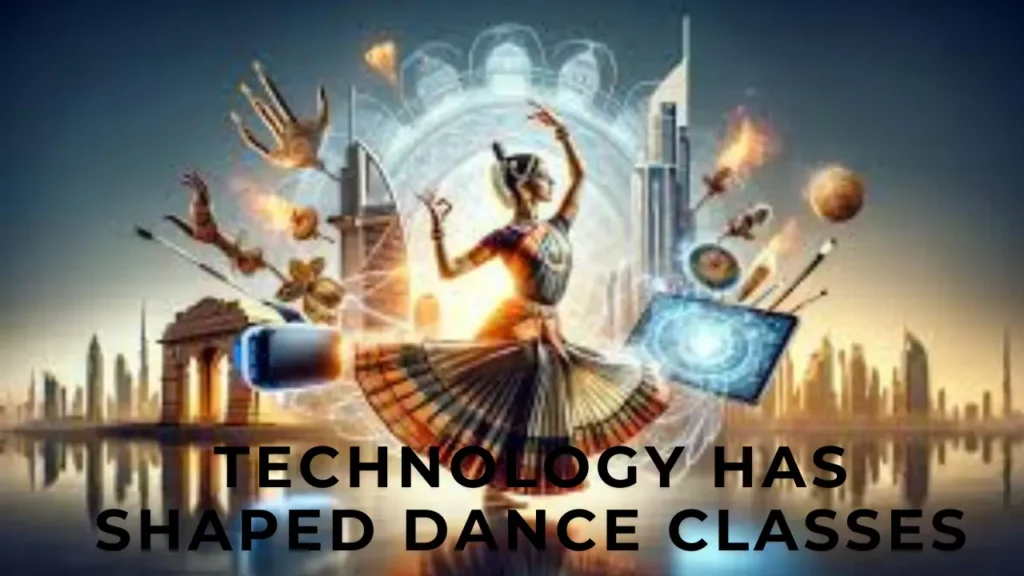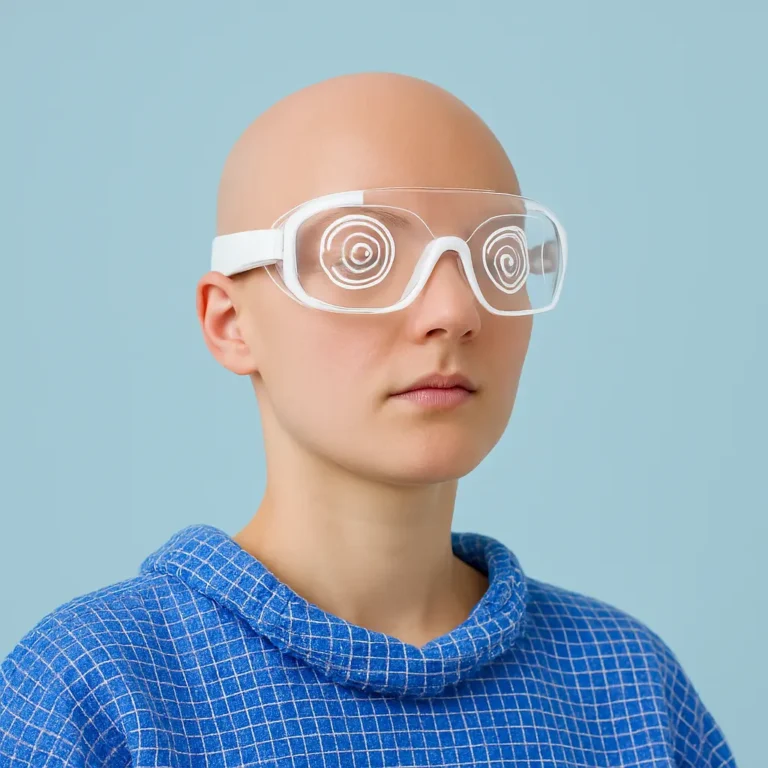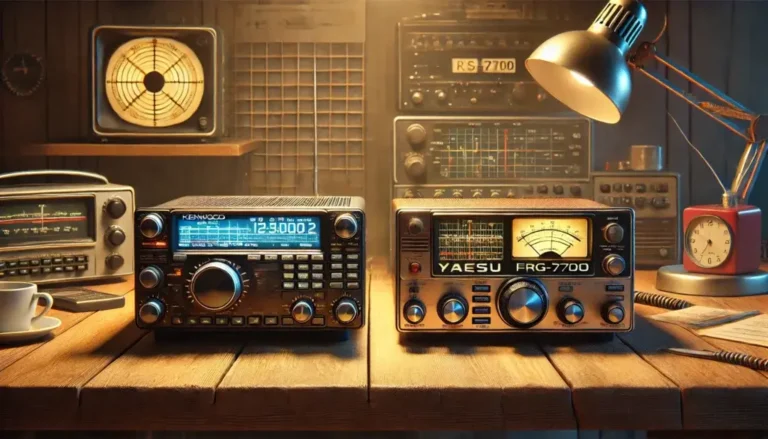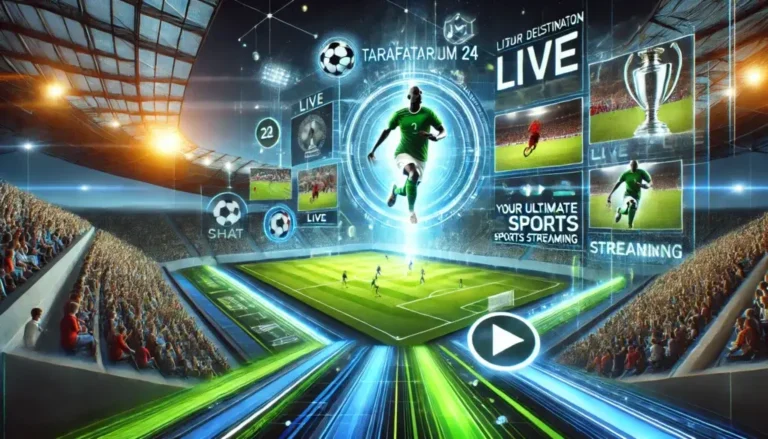
Technology has brought about changes in industries and educational sectors due to its widespread use. “… Is dance a traditional art? New tools and digital platforms are transforming the teaching of dance classes, with both instructors as well as students learning from one another. What can be expected? The article discusses the use of motion-capture technology in dance classes to enhance learning and performance. This is one particular example.
Understanding Motion-Capture Technology in Dance.
While it was first created for use in animation and gaming, dance studios have also used it as a means to evaluate and improve one’s skills. By utilizing cameras, sensors and software, mocap records the movements of a dancer in real time and transforms them into digital data. From the earliest finger stroke to intricate jetés, this covers all manners of motion.
Motion-Capture Technology’s Basic Units.
High-speed cameras and infrared sensors are utilized to track the dancer’s movements. These markers can be worn and positioned in different areas of the studio.
The specialized software sorts the recorded data and generates a 3D representation of the movements.
Performing the dance moves are displayed on screens, VR headsets, or projectors to provide feedback.
Why do dance instructors prefer to use Motion-Capture Technology?
1. Precise Feedback and Analysis.
Traditional dance requires a greater emphasis on providing correct feedback when teaching. Although teachers are often able to identify errors with their trained eyes, human observation is scarce. Motion-capture technology provides:
AR Applications: Overlay digital elements onto real-world environments, providing real-time guidance, such as foot placement or choreography instructions.
Interactive Learning: Students can experience one-on-one virtual lessons with lifelike avatars of famous choreographers.
Rich understanding: It reveals the elements, behaviors and actions that require improvement.sc. Quick Replicate allows performers to watch their shows in real-time or slow-motion, pinpointing areas that need improvement.
A ballet dancer who’s performing an arabesque can imagine their position in legs, arms and back in 3D. This technique is particularly useful. The study greatly bolsters the dancer’s ability to…
2. Injury Prevention.
Poor posture and excessive use of form often result in injuries in dance. Motion-capture technology detects:
- Misalignments in posture.
- Overextension of joints.
- Incorrect weight distribution.
Teaching students to adjust their movements can be done early to prevent physical injury and maintain long-term physical health.
3. Enhanced Creativity and Choreography.
Choreographers can leverage mocap to:
See More Complex Sequences: The choreographer can simulate intricate sequences before the dancer performs. Choreographers can transform movement into animation or projection to produce a unique effect.
In a contemporary dance routine, the use of digital trails or light effects can enhance the performance of the dancer’s movements.
4. Remote Learning Opportunities.
Motion-capture systems have been incorporated into remote dance classes to enhance their effectiveness. Many dance studios commenced their online services during COVID-19, an influenza pandemic. Mocap tools allowed instructors to:
Track students’ movements virtually.
Always provide accurate readings regardless of the distance.
This ensures that training remains high-quality even in virtual environments.
Real-Life Example: Motion-Capture in Action.
Exceptional use of motion-capture technology in dance is demonstrated by the Royal Ballet and technology companies like Motion Analysis Corporation. This collaboration is significant. They utilized mocap to:
Examine classical ballet movements. What are they?
Construct precise blueprints for future generations.
Create virtual reality scenarios that allow individuals to simulate the actions of a professional dancer.’
This setup incorporated the use of motion sensors on significant wrists, elbow joints and ankle movements. Their movements were recorded and displayed on screens in real-time while they performed.’
What are the ways in which Mocap Technology can be utilized by students in dance studios?
While motion-capture technology is becoming more accessible in the future, it remains elusive. Why? Why? Studios and students can use it to:.
1. Invest in Affordable Systems.
Not all dance studios have the high-end setups that professional companies possess. The cost-effective Kinect for Xbox or Perception Neuron is a more accessible option that provides basic motion-capture features.
2. Use Mocap Apps.
Apps like Dance Reality and Pocket Mocap analyze movements using smartphones. Even though they are less complex than professional systems, they’re useful for beginners in feedback….
3. Collaborate with Technology Labs.
Partnerships with universities or tech labs enable dance institutions to access advanced motion-capture facilities. Technology can be integrated into the training without much cost.
4. Attend Workshops and Training Programs.
The tools are taught to dancers and instructors by companies that specialize in motion-capture technology. It is common for Dance/USA or One dance UK to host such programs.
Problems with the Motion-Capture Technology used in dance shows.
Motion-capture technology poses certain challenges:.
1. High Initial Costs.
A professional mocap system is expensive and not readily available to smaller studios. Why?
2. Learning Curve.
Give instructors ample time to refine equipment and gain comprehensive knowledge of the details….
3. Technical Limitations.
The inaccuracy of finger gestures and facial expression recognition in certain dance forms like Bharatanatyam or Flamenco is a drawback of some systems.
4. Potential Over-Reliance.
These figures might make it difficult for dancers to focus on their emotions and artistic expression while performing. “. Why is this?
Technological Progress in Dance.
Only the use of motion-capture technology is necessary for dance…just. It is likely that AI and AR will progress towards: 1.
Give personalized training to individuals.
Develop comprehensive online dance programs.
Wearable technology can speed up your athletic performance.
Notch and Vicon are just a few of the companies that are already adopting these innovations, which they believe will help to broaden dance education for future generations.
Artificial Intelligence in Choreography and Feedback
AI-powered tools are transforming how choreography is created and taught.
- AI Choreographers: Algorithms can generate unique dance routines, blending styles and movements in innovative ways.
- Feedback Systems: AI tools analyze dance performances, identifying strengths and areas for improvement with precise feedback.
- Customizable Lessons: Personalized learning paths are crafted based on an individual’s skill level and learning pace.
Global Community: Dancers connect, share, and collaborate, fostering a sense of community across the globe.
Professional Exposure: Aspiring dancers showcase their skills, potentially gaining followers, recognition, and career opportunities.
High-Tech Studio Equipment
Smart Mirrors: Interactive mirrors display choreography instructions or playback recorded sessions for critique.
Sound Systems: Advanced audio setups provide better rhythm synchronization during practice.
Video Recording: High-definition cameras help document performances for analysis or promotional content.
Mobile Applications for Dance Learning
A plethora of apps cater to dancers of all levels:Step-by-Step Tutorials: Apps like STEEZY Studio and Just Dance offer detailed lessons for various dance styles.
Progress Tracking: Features like goal setting and progress reports keep learners motivated.
Interactive Challenges: Engage users with gamified lessons and global competitions
Hybrid Learning Models
Many dance academies now blend traditional in-person teaching with online learning. Live Streaming: Instructors broadcast live classes for remote students while teaching in-person attendees.
On-Demand Libraries: Students gain access to recorded sessions for additional practice outside of class hours.
Community Building: Online forums and groups complement physical classes, allowing students to connect and share experiences.
3D Motion Capture Technology
3D motion capture systems are widely used in professional dance training.
Detailed Analysis: Captures every movement in three dimensions for precise technique refinement.
Choreography Creation: Helps choreographers visualize complex movements and transitions.
Performance Documentation: Provides a digital archive of routines for future reference.
Screen Fatigue: Prolonged use of digital devices can lead to physical strain and reduced engagement.
Digital Divide: Not everyone has equal access to technology, potentially excluding some from these advancements.
Authenticity Concerns: Over-reliance on AI for choreography might overshadow the human element of creativity.Prolonged use of digital devices can lead to physical strain and reduced engagement.
Digital Divide: Not everyone has equal access to technology, potentially excluding some from these advancements.
Authenticity Concerns: Over-reliance on AI for choreography might overshadow the human element of creativity.
Conclusion.
Innovative dance classes now feature motion-capture technology, which has transformed the teaching process and created exceptional opportunities for learning and artistic expression. By utilizing mocap, traditional and innovative methods can be combined for effective remote dance learning with precise feedback. This technology could change the way dance is taught and understood by audiences around the world. For more information please get in touch




